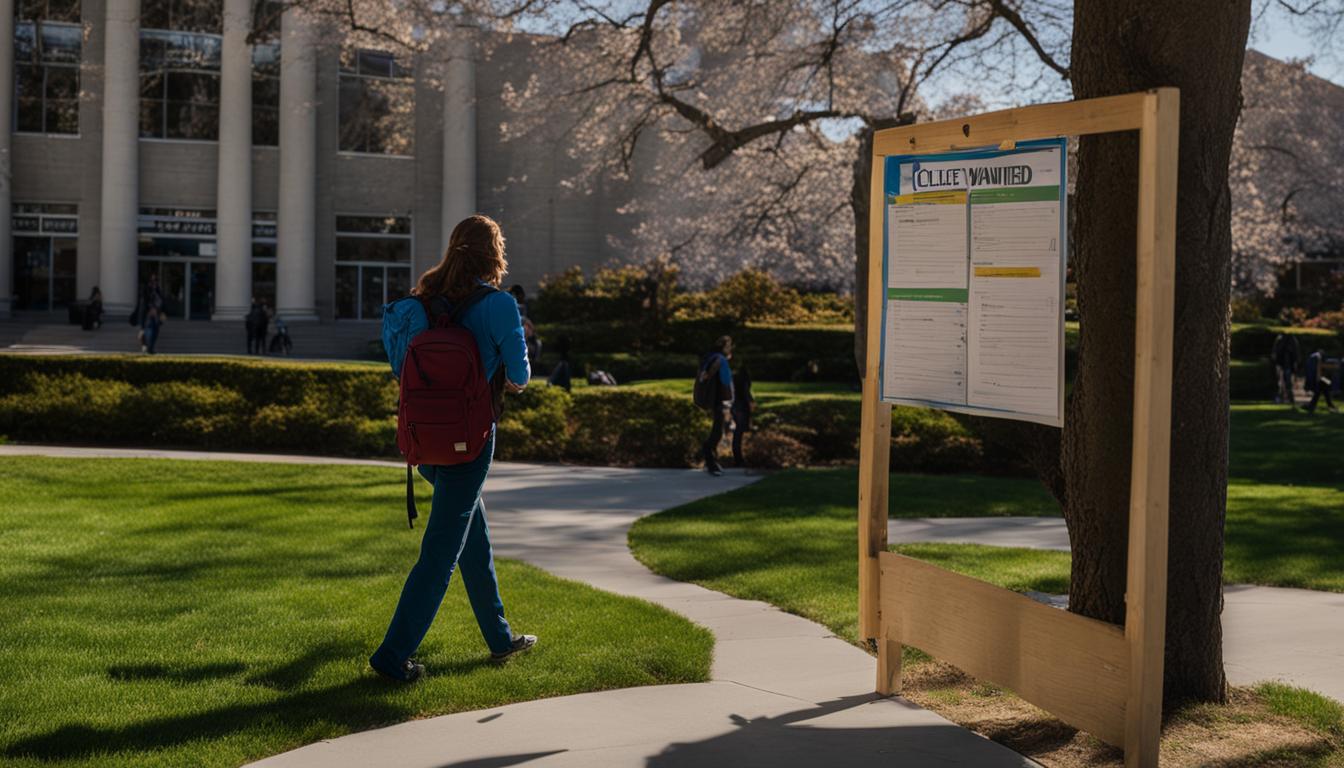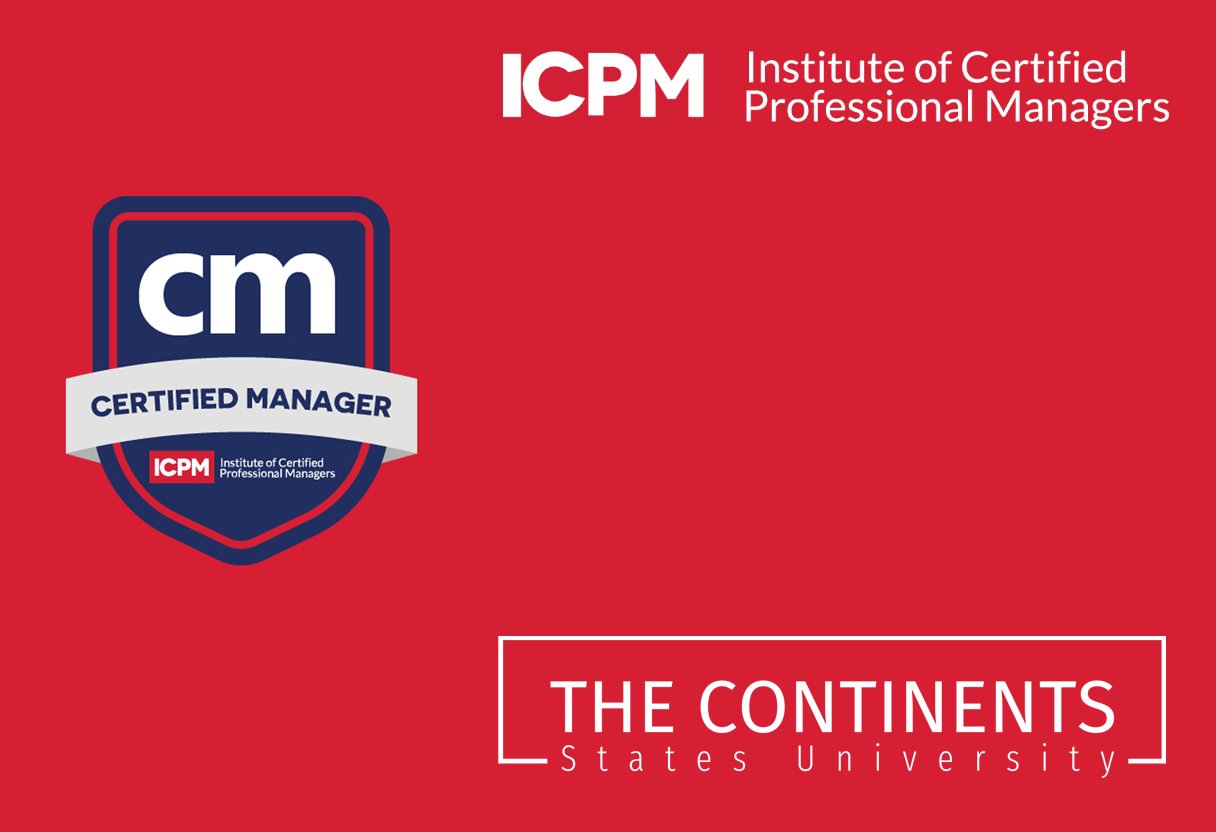Are you a college student in the United Arab Emirates looking to earn some extra income while studying? Finding a part-time job can be a great option for you. Not only will it help you earn money to support yourself, but it also provides you with the flexibility to balance work and studies.
Having a part-time job allows you to gain valuable work experience and develop essential skills while still focusing on your education. It also provides you with a sense of financial independence, allowing you to manage your expenses and fulfill your needs without relying solely on your parents or student loans.
Whether you’re looking for a job on-campus or off-campus, there are plenty of opportunities available. Many businesses in the UAE actively recruit college students, offering flexible work schedules that fit around your classes and study hours.
By finding a part-time job, you can also expand your professional network and enhance your career prospects. The connections you make during your part-time job can open doors to future internships, full-time positions, or mentorship opportunities.
So, don’t miss out on the chance to earn income and enjoy the flexibility of a part-time job as a college student. It’s a win-win situation that enables you to support yourself financially while gaining valuable skills and experiences. Start exploring the job opportunities available to you and take control of your financial future!
Challenges in Spending COVID-19 Relief Money
When it comes to spending COVID-19 relief money, community colleges are facing a range of challenges due to budget uncertainty and financial concerns. The overall uncertainty surrounding the state’s budget has made colleges hesitant to commit to major expenses with the relief funds, fearing that the money may be taken back. This has resulted in a cautious approach to spending decisions, as colleges strive to ensure that the funds are utilized effectively.
One example highlighting this hesitancy is a college in South Lake Tahoe that initially held back on spending the funds. The college opted to preserve the relief money in case it was needed for a housing project in the future. This cautious approach demonstrates how the financial challenges and budget uncertainty have impacted spending decisions.
Furthermore, the proposed budget did not include cuts for community colleges, but the governor did request a portion of the COVID-19 funds to be returned for maintenance projects. This unexpected request created additional challenges for colleges that had already spent the money or signed contracts. It exemplifies the ever-present financial challenges and uncertainties that community colleges face in utilizing the relief money effectively.
The image below illustrates the complexities and difficulties community colleges encounter when navigating the spending of COVID-19 relief funds:

Financial Impact on College Programs
The funding challenges faced by community colleges have had a significant impact on various programs and services. The budget uncertainty has forced colleges to make tough decisions, resulting in delays or scaled-back projects. One such example is the Dovica Learning Resource Center at Cuesta College in San Luis Obispo. They had initially planned to prioritize spending down federal funds before utilizing the state’s relief money. However, the financial uncertainty has made it increasingly challenging to plan for long-term investments.
Despite these challenges, colleges are actively seeking ways to support students and improve their programs. They are redirecting their limited resources towards student support services, including mental health resources, career counseling, and academic assistance programs. Additionally, colleges are investing in food pantries to address food insecurity among students, ensuring they have access to nutritious meals while pursuing their education.
Furthermore, colleges are also focusing on program development to enhance the overall learning experience. This includes investing in state-of-the-art classroom technology and resources that facilitate remote learning and collaboration. By embracing innovative technologies, colleges aim to provide students with a dynamic and engaging educational environment, regardless of the funding constraints they face.
Investing in Student Support Services
- Expanding mental health resources to address the growing demand for counseling services
- Establishing career development centers to assist students in their job search and professional growth
- Enhancing academic support programs, such as tutoring and study groups, to promote student success

Despite the funding challenges, community colleges remain committed to providing high-quality education and support services to their students. By prioritizing program development and student support services, colleges strive to create an inclusive and supportive learning environment that equips students with the necessary tools for success.
Spending Public Money in Community Colleges
The spending of public money within community college districts involves a series of approval processes, which can sometimes be time-consuming. While college boards typically have the final say, the input of faculty, staff, and students is also required by state regulations. With 116 community colleges organized into 73 independently governed districts, the spending system is highly diversified, making it a complex process.
Some colleges have successfully allocated a significant portion of their COVID-19 relief funds, while others have encountered challenges in spending the money or are still in the planning phase. The varying size of the allocated funds adds to the complexity, with an average allocation amount of over $9 million in 2022.
Despite the challenges, community colleges remain committed to utilizing the relief funds effectively to support various programs and initiatives.

Streamlining Approval Processes
- Collaboration: College boards collaborate with faculty, staff, and students to ensure a comprehensive decision-making process.
- Review and Evaluation: Rigorous review and evaluation of proposed spending plans take place to ensure financial accountability and alignment with college objectives.
- State Compliance: Compliance with state regulations and requirements is essential to obtain the necessary approvals for spending public money.
Overcoming Spending Challenges
- Budget Planning: Thorough and strategic budget planning plays a crucial role in overcoming spending challenges and avoiding potential funding gaps.
- Resource Allocation: Efficient allocation of funds is necessary to address immediate needs and allocate resources for long-term investments.
- Transparency: Maintaining transparency in financial decision-making processes instills trust and accountability among stakeholders.
Optimizing the Diversified System
- Collaborative Efforts: Stakeholders at various levels work together to optimize the diverse spending system and ensure effective utilization of public funds.
- Best Practices: Sharing best practices and successful strategies across community college districts promotes efficiency and fosters a culture of continuous improvement.
- Adaptability: The diverse system allows for adaptability to meet the unique needs of each community college district and prioritize spending based on local requirements.
The Impact on Small College Programs
Name, image, and likeness laws have revolutionized college sports and created new challenges for small college programs. These programs, such as UNLV and Nevada, have historically experienced a boom-bust cycle due to limited financial resources compared to Power Five programs.
The ability of student athletes to profit from NIL deals and the realignment of Power Five conferences have further exacerbated the competitive disadvantage of small programs. These challenges make it difficult for programs like UNLV and Nevada to attract and retain top talent, both in terms of athletes and coaching staff. The financial limitations of small programs also make it harder to invest in program development and compete with larger schools.

Despite these obstacles, small college programs are continuously striving to overcome their competitive disadvantage. They aim to develop innovative recruitment strategies and find ways to optimize their limited financial resources to stay relevant in the highly competitive landscape of college sports.
The Role of NIL and Athletics Fundraising
The advent of name, image, and likeness (NIL) rules has opened up new opportunities for student athletes to benefit financially from their participation in college sports. With the ability to monetize their personal brand and endorsements, student athletes can now earn income alongside their athletic pursuits. This has the potential to significantly enhance the overall college experience for these individuals, providing them with financial support and recognition for their hard work and dedication.
In response to the NIL rules, NIL collectives have emerged to facilitate these deals and provide fundraising opportunities for universities. These collectives connect student athletes with brands and sponsors, allowing them to negotiate endorsement contracts and secure financial compensation. By leveraging their athletic achievements and personal image, student athletes can now generate revenue and build their personal brand while still in college.
For small college programs like UNLV and Nevada, fundraising plays a crucial role in their sustainability and growth. These programs heavily rely on their local fan bases and alumni networks for support. To maximize their fundraising potential, these colleges have launched targeted campaigns, such as the “Rebel Up” campaign, to generate funds specifically for athletics facilities and program development. By tapping into the sports and entertainment capital of Las Vegas, these initiatives aim to attract donors and secure a piece of the expanding sports market in the city.
One of the key benefits of successful fundraising efforts is the positive impact on program growth. The funds generated through these campaigns can be invested in upgrading athletic facilities, hiring top-tier coaching staff, and enhancing training and support services for student athletes. This not only improves the overall quality of the athletic program but also creates a more attractive and competitive environment for recruiting talented student athletes.
Moreover, the financial boost provided by fundraising initiatives benefits student athletes directly. It allows for the expansion of athletic scholarships and financial assistance programs, ensuring that student athletes have access to the resources they need to succeed academically and athletically. This holistic support system enables student athletes to thrive in their respective sports while receiving a quality education and preparing for future success.
In conclusion, the implementation of NIL rules and the focus on athletics fundraising have brought about significant changes in the landscape of college sports. Student athletes now have the opportunity to benefit financially from their participation, while college programs can rely on fundraising strategies to foster program growth and provide additional support to student athletes. By leveraging these opportunities, colleges can create a balanced and thriving environment for student athletes, enhancing both their academic and athletic journeys.
Conclusion
Finding a part-time job as a college student is an excellent way to earn income and manage your expenses. However, it’s important to recognize and address the financial challenges faced by many community colleges and small college programs. These challenges highlight the need for exploring alternative income opportunities and taking a proactive approach to your financial situation.
The uncertainty surrounding the state’s budget and the impact of name, image, and likeness rules on college sports add complexity to the financial landscape for college students. To navigate these challenges, it’s crucial to not only search for part-time job opportunities but also to explore the support services available at your university.
By being resourceful and proactive, you can secure flexible income opportunities that fit with your college schedule and help you manage your expenses effectively. Additionally, take advantage of the resources available at your university, such as career centers, internships, and financial aid offices, to gain insights and guidance on financial planning.
Remember, earning income as a college student is about more than just finding a job. It’s about taking control of your financial future and actively seeking opportunities to support your education and lifestyle. By combining a part-time job with the support services available, you can navigate the financial challenges and create a strong foundation for your future success.
Source Links
- https://thenevadaindependent.com/article/its-a-new-world-for-college-sports-will-nevada-and-unlv-survive
- https://laist.com/brief/news/politics/la-county-da-george-gascon-in-the-hot-seat-at-candidates-debate


